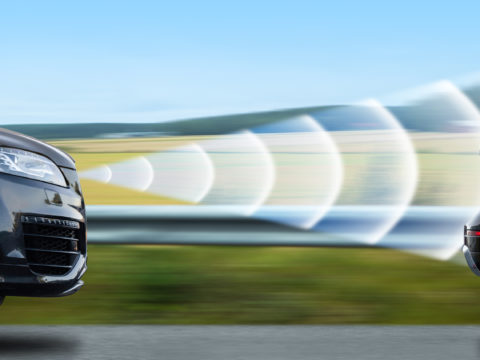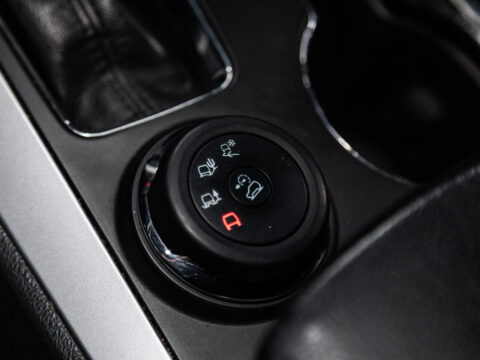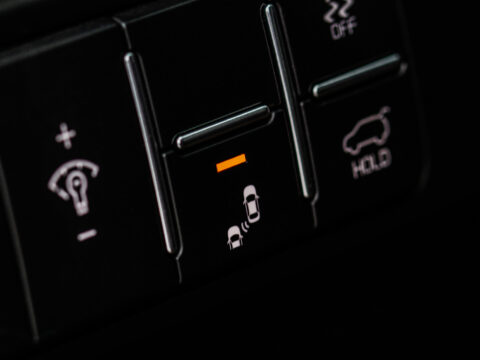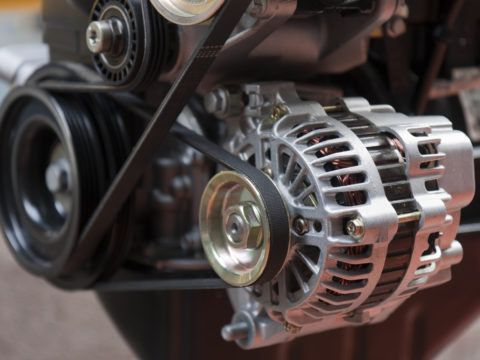A common dispute amongst car owners involves the use of cruise control. Once a convenient feature only used in luxury cars, it is now used in almost every vehicle on the market. However, there has been much controversy surrounding the cruise control feature and whether or not it is bad for your car.
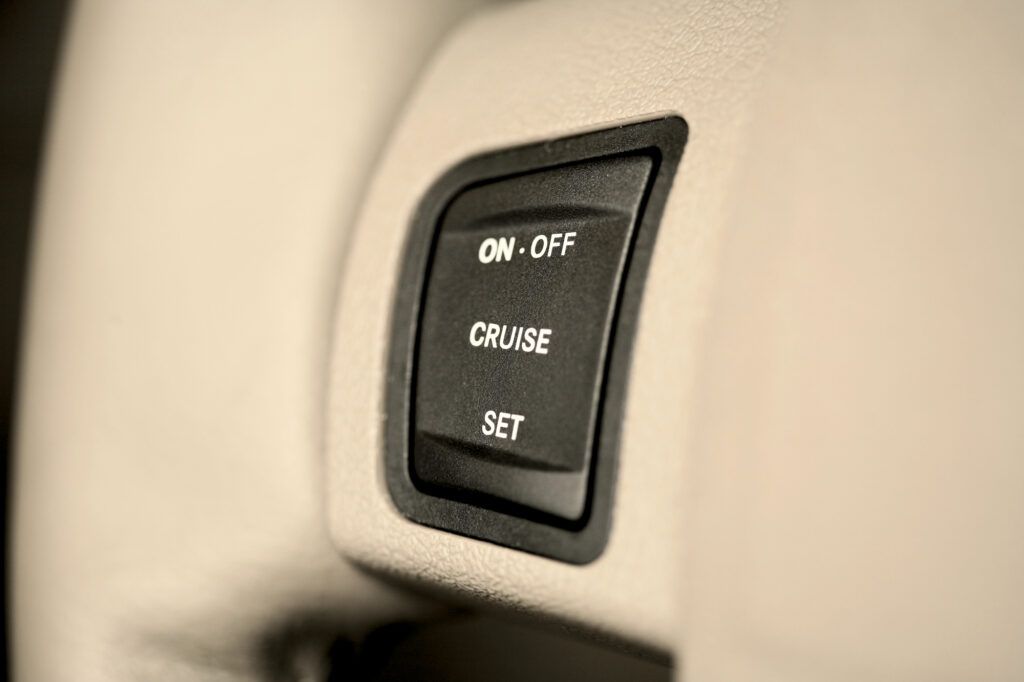
So, is cruise control bad for your car? Despite common misconceptions, the answer is no. Cruise control is not bad for your vehicle, engine, or transmission. On the contrary, cruise control can help regulate gas usage, prevent driver fatigue, and maintain safe speeds.
Contents
What Is Cruise Control in Cars?
Cruise control is a mechanism found in most cars, usually located on or near the steering wheel, and allows drivers to set their speed even with their foot off the gas pedal. With the press of a button, drivers can sit back and lock in their speed without tiring or worrying about maintaining their speed.
Cruise control is most often used on highways or long stretches where traffic is smooth. It is deactivated as soon as the driver hits the brake and will not be reactivated until the button or switch is pressed again.
How Does Cruise Control Work?
While there were a few attempts at making something like cruise control, the modern version we have today was invented in 1948 by a blind inventor named Ralph Teetor. The feature was initially called a “speedostat” or “tempomat.”
The “speedostat” was a mechanism that could activate and control the vehicle’s speed by controlling the throttle valve. It is connected to the valve by a cable used as an alternative to the gas pedal when activated. Internal sensors measure the throttle position allowing the cruise control mechanism to determine when to speed up and slow down.
Do All Cars Have Cruise Control?
Cruise control has become an essential practice for many drivers today, but unfortunately, it is not available in every vehicle. Though it is available in most cars on the market, it is still considered an “add-on” feature. All this means is you can get the same type of vehicle with or without cruise control, but with the add-on, you may be paying more.
When Should Cruise Control Be Used?
Despite the many perks of using cruise control in the appropriate environment, it can still be dangerous if used incorrectly. Cruise control is best used on long stretches of highway or open roads with very little traffic, where you will be going at one consistent speed for an extended amount of time.
Cruise control is most often used by folks on road trips or traveling long distances. Delivery services and truckers also use this feature for its convenience.
Cruise Control Pros and Cons
Like many optional features on today’s vehicles, cruise control comes with pros and cons. Operating a motor vehicle is a big responsibility, so it’s essential to have all the information to ensure you drive responsibly.
Advantages of Cruise Control
First, by setting the car at one consistent speed, drivers are much less likely to incur traffic violations for speeding.
Secondly, cruise control reduces driver fatigue. Without the need to keep their feet on the pedals, drivers can easily change positions safely and be more comfortable while driving. Drivers with arthritis or foot pain find relaxing their feet on the car’s floor much less strenuous.
Finally, by regulating the vehicle’s speed, cruise control helps regulate the amount of fuel used for your trip. Without the constant speeding up and slowing down, the car will use only the exact amount of gas needed and no more.
Disadvantages of Cruise Control
By not having your attention on your speed, it can be easy for drivers to lose focus and become distracted, causing an accident. It can also be easier to fall asleep at the wheel.
Additionally, having cruise control while driving winding roads or during inclement weather, where you may need to slow down frequently, is dangerous.
Finally, a driver with their feet on the floor can lose spatial awareness and may accidentally hit the gas rather than the brakes when necessary, causing an accident.
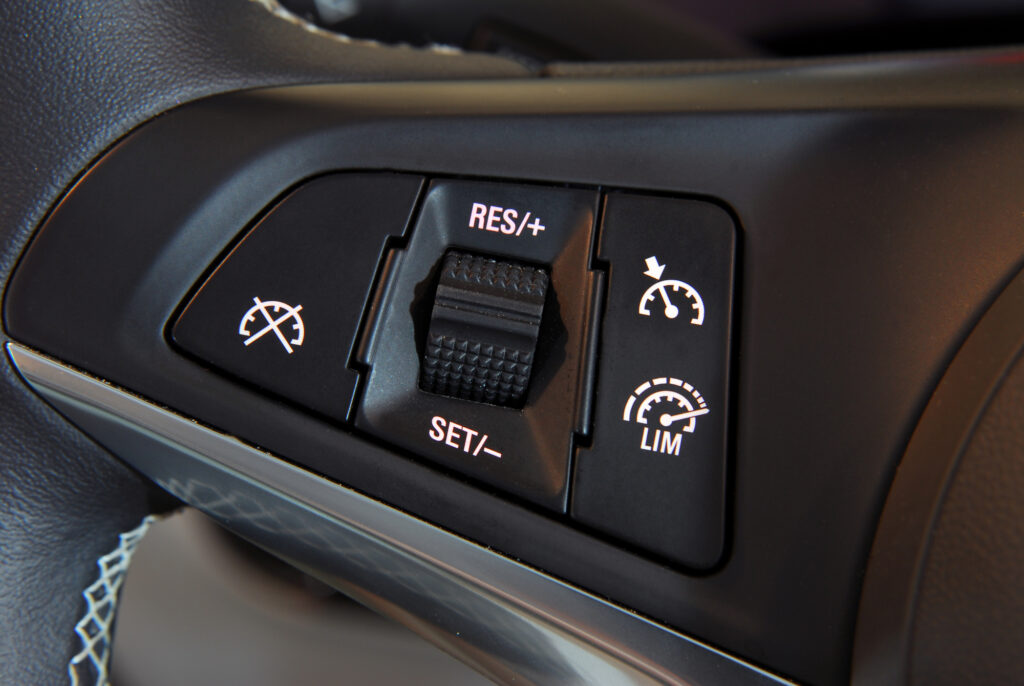
So, Is Driving in Cruise Control Bad for Your Car?
Cruise control is not bad for your car. Using it responsibly can actually be beneficial, as it reduces heavy acceleration and deceleration. Cruise control does not damage the engine or transmission of the vehicle in any way.
Is It Bad To Use Cruise Control Often?
The frequency of use of cruise control does not change how it will affect your vehicle. Other than the potential safety reasons not to use cruise control, there is no reason why you can not use it every time you drive if you feel so inclined.
When Should You Never Use Cruise Control?
During rain, snow, or other inclement weather, you must maintain control of your vehicle at all times. Cruise control should never be used on wet or slick roads.
Cruise control should never be used in city traffic, where it is difficult to maintain one speed. Doing so could result in an accident, as frequent slowing and breaking are necessary to stay safe.
Additionally, cruise control should generally not be used on twisting, winding roads—especially those you are not familiar with. Accuracy and control are far more critical when navigating these roads than speed.
Other Cruise Control FAQ
Here are some additional questions that people commonly ask about cruise control.
Is cruise control safe in the rain?
Cruise control should not be used during inclement weather, where drivers should be in full control of their vehicle at all times.
Is it illegal to use cruise control in residential areas?
There are currently no laws regarding the use of cruise control. However, most vehicles’ cruise control will not work unless you are going over 25mph.
Is cruise control bad for your brakes?
Cruise control uses your accelerator like you do when you step on the gas. When deactivated, it is up to the driver to slow the car further. It does not engage or harm the brakes in any way.
Is it bad to use cruise control on hills?
When driving uphill, cruise control will still try to maintain the set speed regardless of the incline. While this is not bad for your car, it can burn more gas than it would if you were slowly accelerating.

